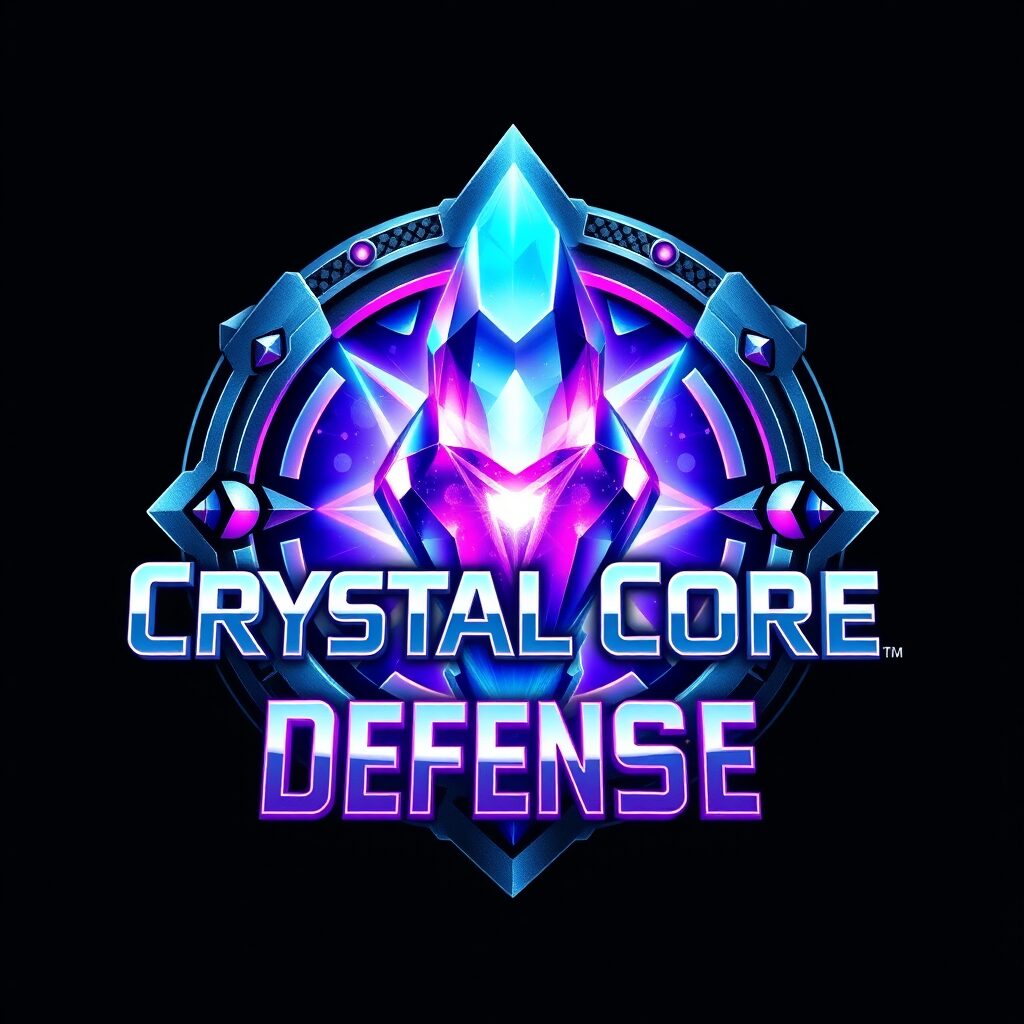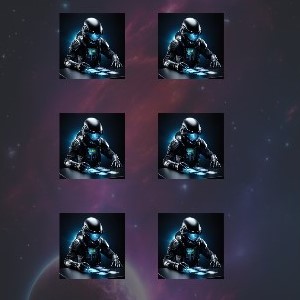Evolution of Character Customization
The Evolution of Character Customization has come a long way in the world of gaming, evolving from basic avatars to intricate systems that allow players to create truly unique personas. In this article, we will delve into the fascinating journey of player character customization in RPGs, particularly on the PlayStation video game platform, with a special focus on iconic titles like Fallout and Skyrim. Along with the ability to customize their clothing, hair, and facial features, players can also personalize their characters with tattoos, adding an extra layer of individuality and self-expression.

The Beginnings: Character Creation in RPGs
Role-playing games (RPGs) have always placed a significant emphasis on character customization, including the process of character generation. This aspect of the game allows players to create unique characters with their own physical appearance, stats, and backstory. The early days of RPGs saw games like Dungeons & Dragons set the stage for such character creation. Neverwinter Nights, one of the most iconic RPGs, was among the first to introduce character customization by offering players a selection of character classes and alignments to choose from.
Read more about the Evolution of Character Customization
Rise of the RPGs: Mass Effect and GURPS
The RPG genre has come a long way in terms of evolution, and the PlayStation served as a platform for immersive character creation. One such example is Mass Effect, a series that gained popularity owing to its gripping storyline. The game offered players an opportunity to customize their characters in-depth, including selecting character classes like mage or soldier and defining character alignments. This level of customization allowed players to fully immerse themselves in the game’s world and create a unique experience for themselves. With the introduction of more advanced technology and graphics, the possibilities for character customization in RPGs are endless, making them even more engaging and enjoyable for players.
The Souls-Like Challenge: Dark Souls
The character customization feature in Dark Souls added a whole new level of depth to the gameplay experience. Players not only had the freedom to design their characters’ appearances, but they also had to tailor their playstyle according to the game’s challenging difficulty level. The character creator offered a wide range of aesthetic options, including unique armor sets and hairstyles, which further allowed players to fully immerse themselves into the game’s intricate world. However, the consequences of choosing certain playstyles were often severe, making it crucial for players to carefully consider their decisions before committing to them. This level of customization added an extra layer of strategy and immersion that made Dark Souls one of the most iconic games in recent years.
The Elder Scrolls Saga: Skyrim’s Iconic Customization
Skyrim, an installment in The Elder Scrolls saga, stands out as a pinnacle of character customization. Players could sculpt their characters’ physical appearance using intricate sliders, and the world of Skyrim responded to their choices. The addition of enchantments and character stats added depth to the customization system, making each playthrough a unique experience. Just like in Dragon Age Inquisition, where character customization has also evolved, allowing players to choose from different options for face paint, hair, and tattoos based on their chosen race.
Beyond the Default: Fallout’s Immersive Customization
The Fallout series revolutionized character creation in video games by introducing a highly immersive process. Players had the freedom to define their character’s backstory, including their origin and personal traits, which subsequently influenced dialogue options, AI interactions, and even the game’s ending. The importance of character customization in gaming cannot be overstated as it allows for a more personalized experience tailored to the player’s preferences. By giving players control over their character’s backstory and development, Fallout demonstrated how character customization can have a significant impact on the overall gaming experience. This approach has since been adopted by many other game developers, highlighting its importance in modern gaming.
Modern Customization: What Lies Ahead
As technology continues to advance, character customization in RPGs is bound to evolve further. Game developers are pushing the boundaries of what’s possible, using AI to create more realistic characters and animations. Massively multiplayer online games (MMOs) like World of Warcraft have also embraced customization options, allowing players to craft their own characters and interact with real people in a virtual world.
How has character customization evolved in video games over the years?
Character customization in video games has evolved significantly over the years. From simple preset options to extensive sliders and detailed customization tools, players now have more control over their character’s appearance, allowing for a more immersive and personalized gaming experience.
What was the first game with character customization?
The first game with character customization can be traced back to the early days of gaming. Although limited in its options, it laid the foundation for future advancements in this area. Games like Ultima IV: Quest of the Avatar, released in 1985, allowed players to choose their character’s class, gender, hair color, and even virtues.
What was the first game with a female character?
The first game to feature character customization can be traced back to the late 1970s. It was a text-based role-playing game called “Avatar.” While limited in terms of graphical representation, players could choose attributes like race and class for their character, laying the foundation for future customization systems.
Why does character design matter?
Character customization in video games has come a long way since its humble beginnings. While it’s difficult to pinpoint the exact first game to introduce character customization, one of the earliest examples is “Ultima III: Exodus” released in 1983. This classic RPG allowed players to choose their character’s gender, race, class, and attributes.
Conclusion
The evolution of character customization in RPGs, particularly on the PlayStation platform, has been nothing short of remarkable. From the early days of tabletop RPGs like Dungeons & Dragons to the immersive worlds of Fallout and Skyrim, players have witnessed a transformation in how they can shape their in-game personas. As technology continues to advance, we can only anticipate even more intricate and engaging character customization systems in the future, making our gaming experiences richer and more personal than ever before. Embrace the power of customization and embark on your own epic gaming journey!
Follow Evolution of Character Customization on Instagram.




